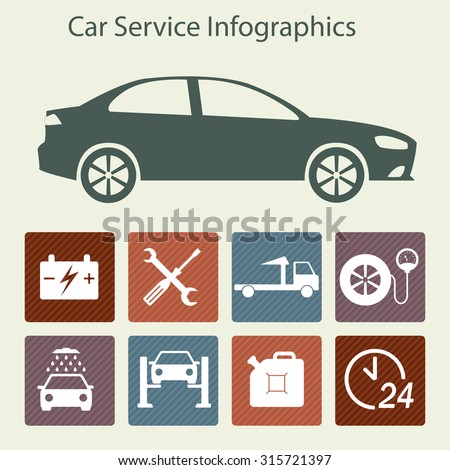Eager To Understand What The Dashboard Caution Lights In Your Cars And Truck Indicate? Discover Their Definitions For The Wellness And Security Of Your Car
Eager To Understand What The Dashboard Caution Lights In Your Cars And Truck Indicate? Discover Their Definitions For The Wellness And Security Of Your Car
Blog Article
https://brakes-near-me48382.blogdosaga.com/29863021/regular-blunders-in-car-detailing-and-ways-to-elude-them -Lauritsen Kejser
When you're behind the wheel, those beautiful caution lights on your control panel can be a little bit puzzling. Do you recognize what they're trying to inform you concerning your automobile's health? Understanding the relevance of these lights is essential for your safety and the durability of your automobile. So, the next time among those lights pops up, would not you wish to decipher its message properly and take the essential actions to address it?
Common Caution Lighting and Interpretations
Identify usual caution lights in your automobile and comprehend their significances to make certain safe driving.
One of the most common caution lights include the check engine light, which signals problems with the engine or emissions system. If https://louiscsiyo.blogdanica.com/29867771/eco-conscious-lorry-describing-executing-sustainable-products-and-approaches begins, it's important to have your car inspected without delay.
The oil stress advising light suggests low oil pressure, calling for prompt focus to avoid engine damages.
A blinking battery light could recommend a defective charging system, potentially leaving you stranded otherwise attended to.
The tire pressure surveillance system (TPMS) light signals you to reduced tire pressure, affecting car security and gas efficiency. Disregarding this could bring about harmful driving conditions.
The abdominal light shows an issue with the anti-lock braking system, jeopardizing your ability to stop promptly in emergencies.
Lastly, the coolant temperature level advising light warns of engine getting too hot, which can lead to severe damage if not solved quickly.
Recognizing Click To See More will assist you attend to issues promptly and preserve secure driving conditions.
Significance of Prompt Focus
Recognizing the usual warning lights in your automobile is only the very first step; the importance of promptly addressing these warnings can not be highlighted sufficient to ensure your safety and security when traveling.
When a caution light illuminates on your control panel, it's your automobile's means of communicating a possible concern that requires interest. Overlooking these warnings can lead to extra serious troubles in the future, compromising your security and possibly costing you more out of commission.
Prompt interest to cautioning lights can prevent malfunctions and accidents. For example, a blinking check engine light could show a misfire that, if left unattended, might create damage to the catalytic converter. Addressing this without delay can save you from an expensive fixing.
In a similar way, a brake system warning light might signify reduced brake liquid or used brake pads, important parts for your security when driving.
Do It Yourself Troubleshooting Tips
If you discover a warning light on your dashboard, there are a couple of DIY repairing ideas you can try prior to looking for expert assistance.
The initial step is to consult your auto's guidebook to understand what the certain caution light indicates. In some cases the issue can be as basic as a loosened gas cap activating the check engine light. Tightening up the gas cap may settle the problem.
Another usual concern is a low battery, which can trigger various warning lights. Inspecting the battery links for deterioration and ensuring they're secure could fix the issue.
If a caution light continues, you can try resetting it by disconnecting the cars and truck's battery for a couple of minutes and after that reconnecting it. In addition, checking your car's liquid levels, such as oil, coolant, and brake fluid, can aid repair warning lights associated with these systems.
Conclusion
To conclude, recognizing your cars and truck's warning lights is crucial for keeping your automobile running efficiently and securely. By promptly addressing these alerts and knowing what they indicate, you can avoid expensive repair services and prospective failures.
Remember to consult your vehicle's manual for specific information on each warning light and act accordingly to ensure a trouble-free driving experience.
Stay educated, remain secure when driving!
